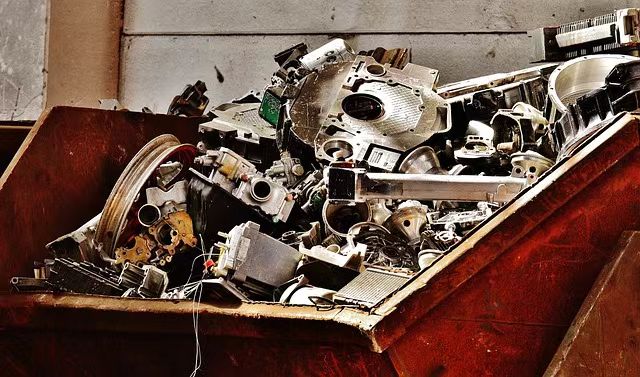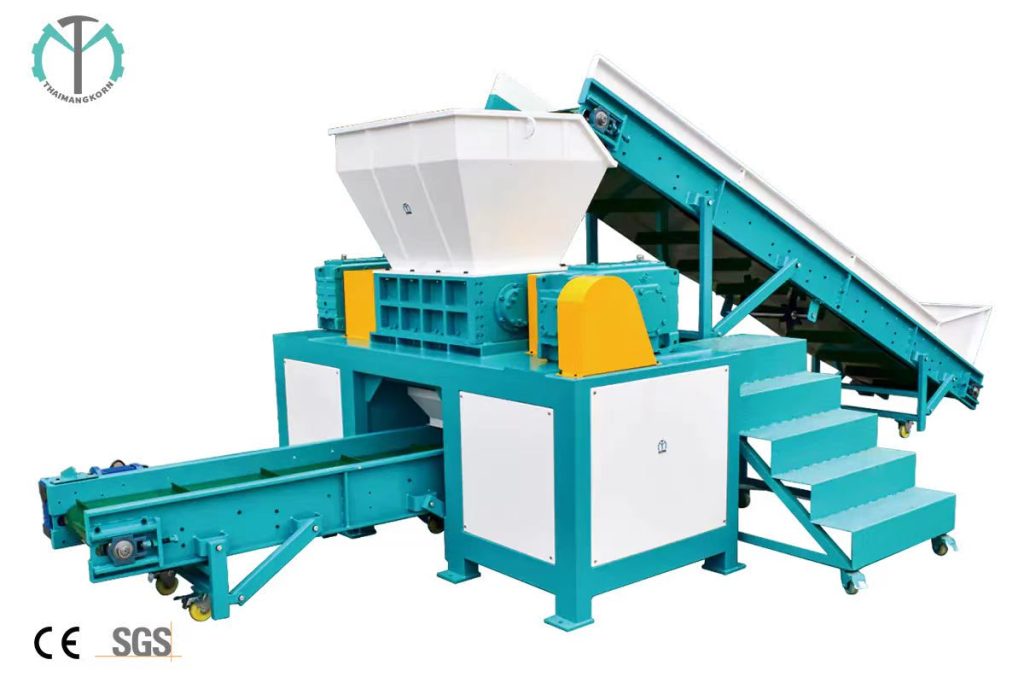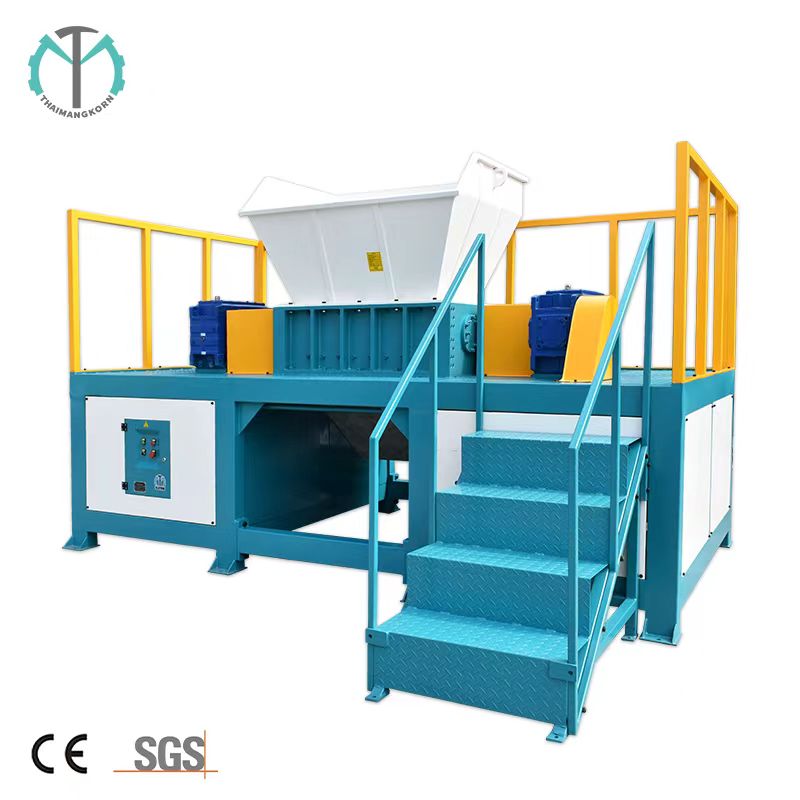Introduction
With the rapid advancement of technology, household appliances are being upgraded and replaced at an accelerated rate. Air conditioners, refrigerators, washing machines, and televisions, once essential in every household, are now being discarded quickly. This rapid disposal of waste household appliances has become a significant social issue. It poses numerous challenges to sustainable development.

The Unavoidable Social Issues Accompanied by Various Challenges
Firstly, environmental concerns arise from waste household appliances. They contain harmful substances like heavy metals, plastics, and glass. Improper handling can contaminate soil and water, harming the environment and human health. Secondly, resource wastage is a major issue. These appliances contain recyclable metals and plastics. Directly discarding them wastes valuable resources. Lastly, there is the high processing cost. Recycling and processing require specialized technology and equipment, leading to high costs. This makes many recycling enterprises reluctant to accept them.
Opportunities in the Field of Waste Household Appliances
At the same time, while we must confront the challenges posed by waste household appliances, we can also identify many opportunities. For instance, these appliances contain recyclable materials such as metals, plastics, and glass. Scientific recycling processes can reuse these materials, reducing dependence on virgin resources and lowering production costs. Proper processing of waste appliances can reduce environmental pollution from hazardous substances, protecting the environment. The recycling industry can create numerous job opportunities and promote economic development. Additionally, recycling and reusing these materials benefit enterprises economically, extend the lifespan of Earth’s resources, and benefit future generations.

Tyrone’s Solution for the Disassembly, Recycling, and Utilization of Waste Household Appliances
However, the disassembly, utilization, and recycling of waste household appliances is a complex yet crucial task. It requires maximizing the recovery and reuse of valuable materials while minimizing environmental impacts. To address this, Tyrone Plastics (Guangzhou Tyrone Environmental Technology Co., Ltd.) has developed the TL Series Double Shaft Shredder specifically for recycling these appliances. With years of experience in the recycling field, they have proposed a feasible plan for the recycling and reuse of waste household appliances.

1. Collection and Classification
Collection: Waste household appliances first need to be collected, which can be achieved through recycling stations, specific recycling projects, or public recycling programs.
Classification: The collected waste appliances are classified by type (e.g., air conditioners, refrigerators, washing machines, televisions). Different types of appliances contain different materials and components, so classification aids in subsequent processing.
2. Pre-treatment
Disassembly: Classified appliances need to be disassembled, mainly involving the following steps:
- Removal of Hazardous Substances: Such as batteries, coolants, and electronic components. These substances require special handling to avoid pollution.
- Disassembly of Casings and Major Components: Tools are used to disassemble casings and larger components, such as chassis, doors, compressors, etc.
- Material Separation: The disassembled parts are separated by material (e.g., metals, plastics, glass). This step usually requires specialized equipment and technology.

3. Crushing
Secondary Crushing: Materials from primary crushing may need further crushing, especially metals and plastics. This step can be completed using the TL Series Double Shaft Shredder designed by Tyrone Plastics (Guangzhou Tyrone Environmental Technology Co., Ltd.). The TL series shredder has high shredding efficiency, capable of reducing large hollow materials to smaller sizes, facilitating secondary crushing and improving recycling precision.
Primary Crushing: The separated materials undergo primary crushing, breaking larger components into smaller pieces for subsequent processing.

4. Sorting
- Magnetic Separation: Magnetic separation equipment is used to separate ferromagnetic materials (e.g., steel).
- Eddy Current Separation: Eddy current separators are used to separate non-ferrous metals (e.g., aluminum, copper) from non-metal materials.
- Flotation: Flotation methods are used to separate plastics and other materials of different densities.
5. Fine Processing
Cleaning: The separated materials need to be cleaned to remove surface dirt, grease, and other contaminants.
Reprocessing: The cleaned materials undergo reprocessing, such as remelting plastics into new plastic products and smelting metals into new alloy materials.
6. Reuse and Recycling
Manufacturing New Products: Reprocessed materials can be used to manufacture new products, such as new household appliances, building materials, and automotive parts.
Resource Recycling: Through recycling, dependence on virgin resources is reduced, achieving sustainable resource utilization.
Conclusion
The disassembly, utilization, and recycling of waste household appliances can effectively reduce environmental pollution and achieve resource recycling, bringing both economic and environmental benefits. Tyrone Plastics (Guangzhou Tyrone Environmental Technology Co., Ltd.) has developed the TL Series Double Shaft Shredder, offering a reliable solution for efficient disassembly and crushing of these appliances. Through scientific recycling processes, we can collectively promote the development of the waste household appliance recycling industry and build a green, environmentally friendly society.
